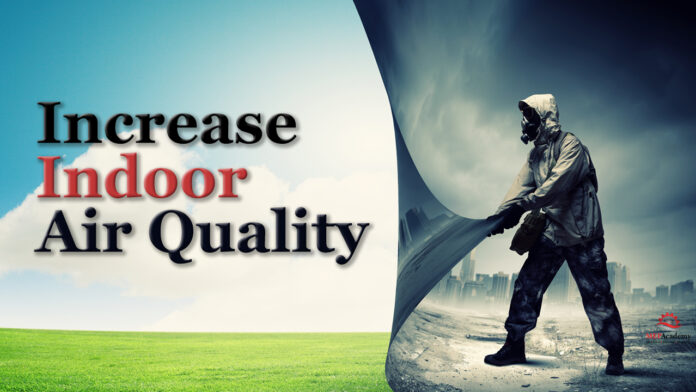With the amount of time spent indoors, it makes sense to find ways to increase the quality of your indoor air for yourself or your customers. Indoor air quality is often worse than the outdoor air unless you live near a factory or refinery.
We are in the business of providing quality indoor environments so we thought we would share some of the best ideas to help you make yours or your customers home safer and the quality of the air better. These top 12 are not our opinions, but facts derived from research which we’ll include links to if you want to research further.
Checkout these Air Quality Meters hereWe’re not being alarmist, but wise stewards of responsible clean living, especially if you have young children in the home, as we’ll show you ways that they are being poisoned that you may not have heard about. See the link to our website where you can download a PDF for yourself or a customer.
To watch our FREE YouTube Video of this presentation, please scroll to the bottom.

#1 Properly Vent Fireplaces and Stoves
Ensure that all combustion appliances such as fireplaces and wood stoves are vented properly. According to the EPA Smoke forms when wood or other organic matter burns. The smoke from wood burning is made up of a complex mixture of gases and fine particles. In addition to particle pollution, wood smoke contains several toxic air pollutants including benzene, formaldehyde, acrolein and polycyclic aromatic hydrocarbons.
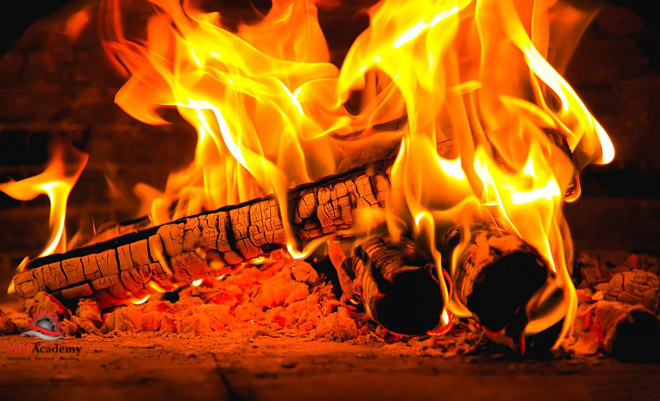
You may like the smell of burning wood, but it’s definitely not good for you, especially the fine particles that are emitted. These microscopic particles can cause havoc to your eyes and your respiratory system, with the possibility of burning eyes, runny nose, and illnesses like bronchitis, the triggering of asthma, heart attacks, stroke, irregular heart rhythms and heart failure. This isn’t our opinion these are the words of the EPA, which you can check out in the link below.
EPA – Health and Environmental Effects from Particulate Matter
EPA – Wood, Smoke and Your Health
#2 Avoid Unvented Combustion
Avoid or minimize the use of any unvented combustion by-products such as the burning of candles, tobacco products, un-vented heaters, indoor barbecues. The majority of candles are made of paraffin wax, which is made from petroleum waste, and when burning give off highly toxic benzene and toluene, both are known carcinogens, basically they cause cancer. If the candle is scented then there are additional concerns from the harmful effects of the chemicals in the fragrance.
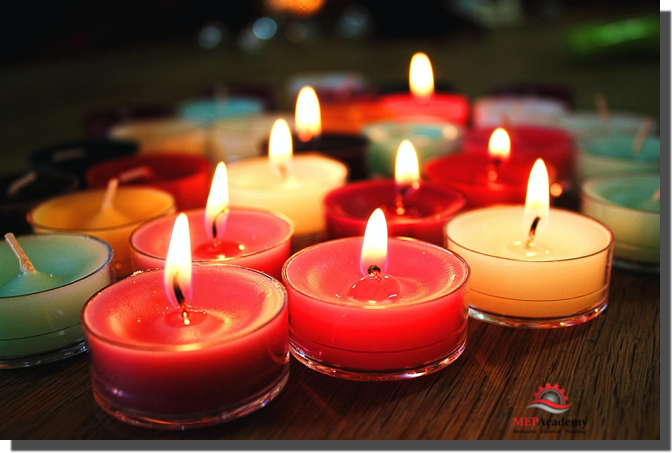
Use alternative candles such as those made from beeswax, coconut or 100% soy. Use candles scented with essential oils instead of toxic chemicals. Checkout the website in this link for more information. MadeSafe.org
#3 Plants per NASA and Biophilia
Fill your home with plants that provide air scrubbing abilities or by adopting the calming effects from biophilia. Biophilia is defined as the innate human instinct to connect with nature and other living things. This is done by bringing the outdoors, indoors.

According to NASA there are certain indoor plants that can absorb toxins from the indoor air. They list the top 12 indoor plants for increased indoor air quality. See the link to NASA report in the description below.
See more information on Biophilia in the link below, and how you can increase indoor well-being by bringing the outdoors, indoors.
Learn more about Biophilia
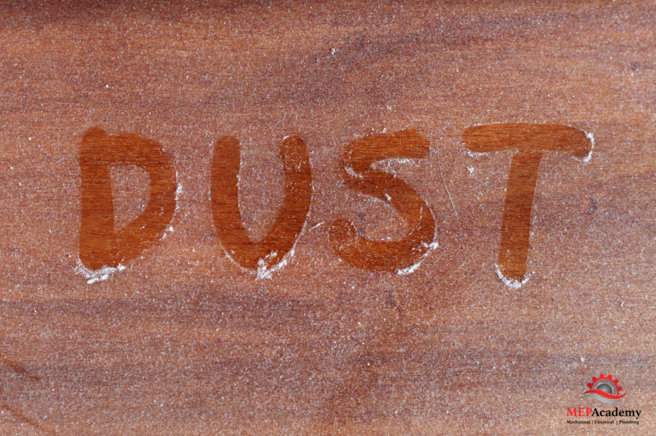
#4 Clean on a Regular Schedule
Clean on a regular schedule using a quality vacuum cleaner, microfiber cloths and non-toxic alternative cleaners and methods. Toxins stick to house dust and soil that is brought into the house. These toxins can be inhaled when dust is kicked up, while some could also be unknowingly absorbed through the skin or swallowed by hand-to-mouth contact. If you have small children, remember they spend a lot of time on the floors where some of these toxins can gather.
Checkout these Air Quality Meters here#5 Vent Smells
Make sure that all the rooms where smells are generated are properly vented to the outside. This would include bathrooms, laundry rooms, kitchens. The quality of the air is improved when smells are exhausted outdoors. If you have a fan powered kitchen or range hood be sure to put the fan on high speed when cooking to force any products of combustion or smells out of the home.
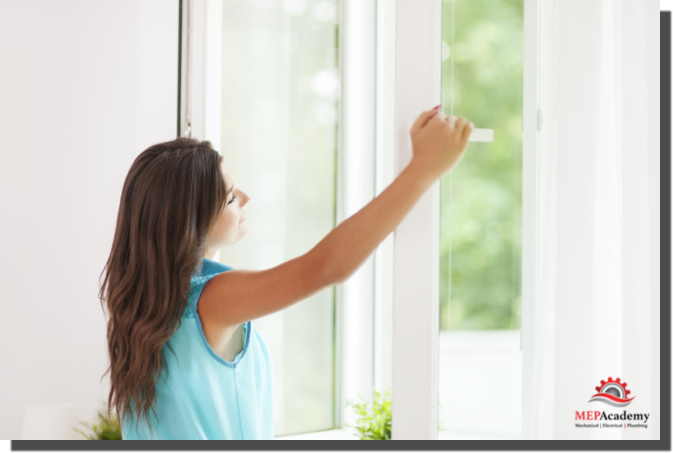
#6 Toxins, Smells Generated Indoors – Open Windows
When cleaning or using products with strong odors be sure to open as many windows as possible to move the vapors and smell outdoors. This would include odors from nail polish as research has shown that women who work in poorly vented nail salons have higher rates of birth defects among their newborns. Even if you’re not a salon worker its best to do your nails in the backyard or a well vented area. See research paper below.
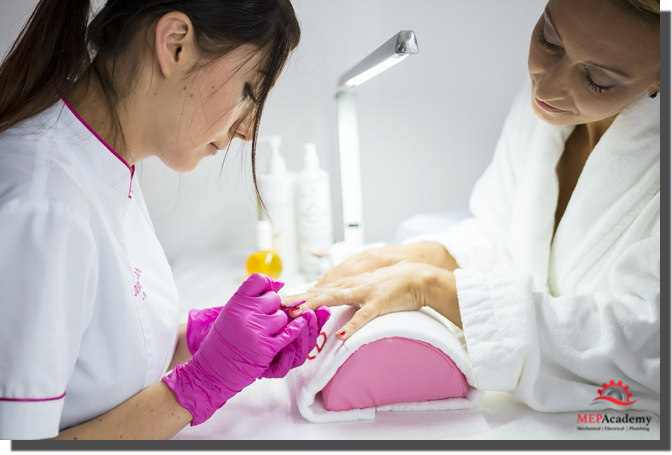
Also if using a spray bottle to spray your cleaner, realize that some of that cleaner will be aerated into the breathable air. Spray close to the surface or spray into your cleaning cloth. It’s even better to use a cleaner that is safe for you and the environment. Use green products, and visit the EPA website which provides plenty of healthier alternatives, see the link below.
EPA: Safer Choice
#7 Don’t Store Toxins Indoors
Never store toxic, volatile, or hazardous compounds within the home. This might include pesticides, herbicides, paints, glue, cleaners, and similar items. These items could leak into the air stream at levels unnoticeable to you. And when using make sure to read the label and ventilate the space, and avoid having children around if possible. See the link in the description below for the report on Pesticides and Asthma. It’s always best to use safer, green alternatives. Checkout the Safer Choice website below for safer alternatives.
#8 Indoor Ventilation per ASHRAE 62.2
The industry standard for indoor air quality is from ASHRAE, the American Society of Heating, Refrigerating and Air-Conditioning Engineers. ASHRAE standard 62.2, Ventilation and Acceptable Indoor Air Quality in Low-Rise Residential Buildings provides guidance on this topic.
Make sure to provide the ASHRAE minimum ventilation per standard 62.2. This can be done using a whole house fan. The ventilation rate is based on the size of the home and the number of bedrooms. If you have a 3 bedroom, 2,000 Ft2 (185 m2) home then you need 90 CFM or 43 L/s of ventilation air.
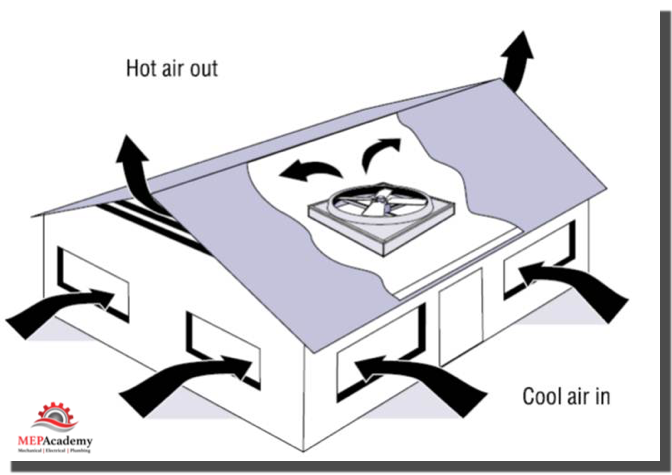
Of course this can only be done with the proper weather conditions existing outdoors, and is usually a summer application. In summer, opening the windows during early morning or evening hours when the air is cooler can bring the temperature down and freshen the air inside. See ASHRAE standard 62.2 for more information.
#9 Location of Heating and AC Equipment
Don’t locate heating and air conditioning equipment in the garage or an area where the system or ductwork could inadvertently suck in toxins from car exhaust or toxic substances stored in the garage. Also be sure to have your furnace inspected to ensure there aren’t any leaks which is a silent killer. Gas and oil burning furnaces produce carbon monoxide (CO). Carbon monoxide is an invisible, odorless, poison gas that kills hundreds every year and makes thousands more sick. Install battery backed up carbon monoxide detectors in every bedroom. See link below in the video description to the CDC’s website for more information.
#10 Use Quality Air Filters – MERV 13
Use a good quality filter or high-efficiency portable air cleaner in your HVAC system, one that filters out the dust and particles circulating in the air. The use of a MERV 13 filter or higher is best if your system can accommodate them. If you choose a portable air cleaner make sure that it doesn’t emit ozone. Make sure to replace your filters after frequent use and according to the manufactures recommendation.
Checkout these Air Filters here#11 Avoid Products with Toxic Flame Retardants
Avoid purchasing products for your home sprayed with flame retardants that are considered toxic. These flame retardants can be in furniture, carpet padding, baby products and pajamas. These flame retardants can become airborne, settle on dust and items in your home. Small children often have higher levels of flame retardants in their bodies because they put their hands and household items in their mouths, causing them to swallow these toxins.
Checkout these Air Quality Meters here
See the EWG’s website on where these flame retardants can be found in your home and what you can do about it.
EWG – Where flame Retardants can be found in your home
Also, see Duke University’s study on flame retardants, see their website info below here.
Duke University Research on Flame Retardants
#12 Avoid Toxic Air Fresheners
Avoid using plug-in air fresheners and other air fresheners unless you know their ingredients, as a lot of the products on the shelves today could be carrying toxic chemicals. The manufactures often refuse to disclose the ingredients claiming they are a trade secret. What’s not a secret is that these air fresheners can be toxic, including negative health effects like cancer, endocrine disruptions and neurotoxicity.
NJ Health: Air Fresheners and Toxins


